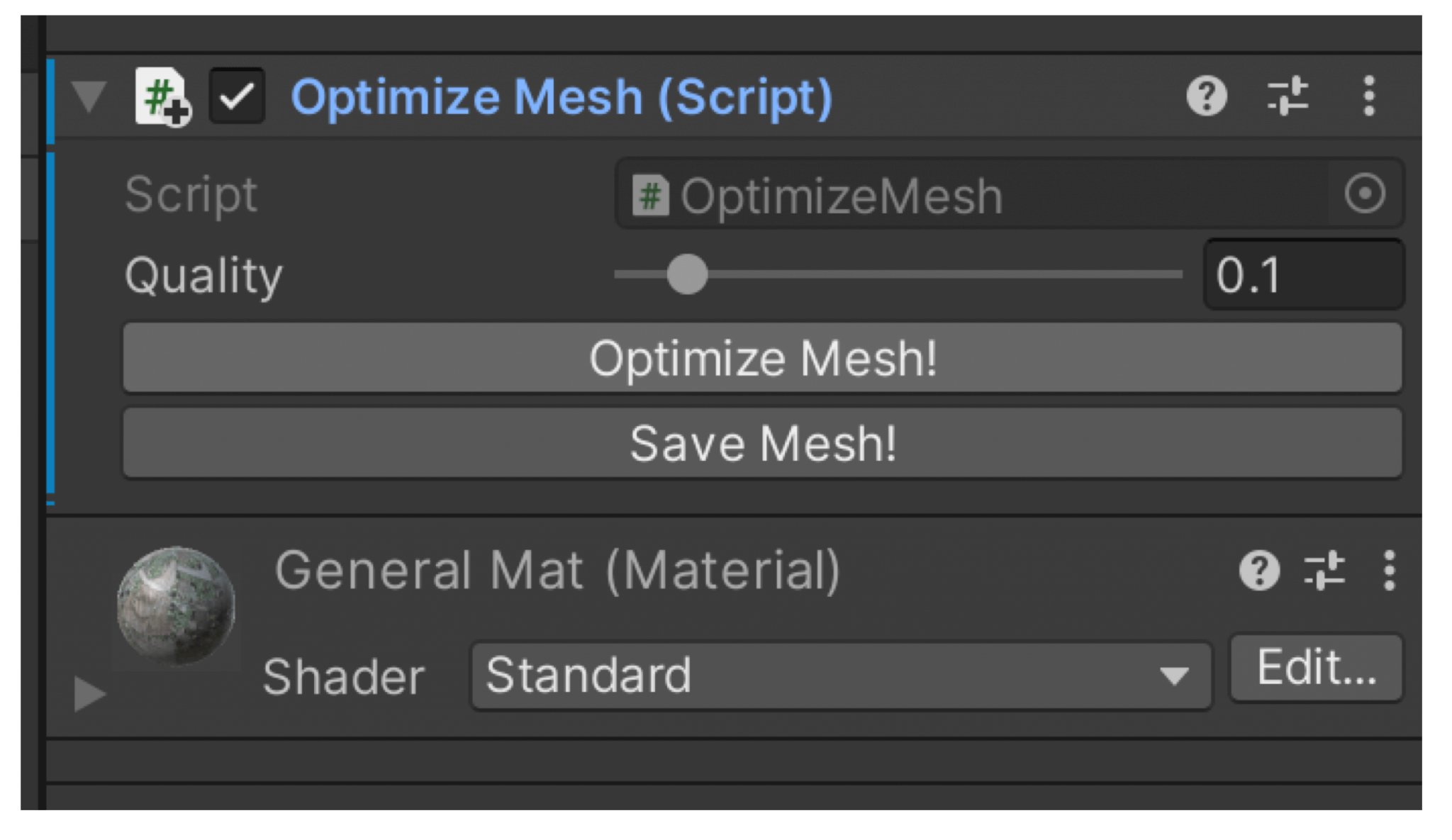

I originally couldn't figure out the reason this was happening, so I painstakingly replaced each vertex in the already skinned mesh by hand in the model.txt file. If your hat does not have a bone, it will be counted as a static mesh and the game will crash when you try to replace any of the models. (This is necessary because most hats use "skinned mesh renderers" in Unity. If you did it correctly, your mesh will be outline in red, the bone in orange, and there will be an option that says "Armature Deform -> with Automatic Weights". Select your mesh, then "Ctrl + Right Click" on the bone and hit "Ctrl + P". Next we will parent the custom hat to the single bone. Hit enter and check all 3 boxes in the bottom left. Then press Spacebar and type "Apply Object Transform". Next, go ahead and click on your custom mesh and name it something fitting such as "wizard_hat". I will be covering custom textures and materials in a different tutorial or as an update to this one since it's a bit more advanced. This tutorial will not be covering custom textures and materials, so there is no need to UV map your mesh, as we will be using the default player color as the material.

I've gone ahead and modeled a wizard hat. The following example demonstrates how to create an array to hold UV data, assign texture coordinates to it, and then assign it to the mesh.If you haven't already, you can now use this reference to model your hat knowing exactly what location it will appear at in-game. It also means that to make changes to the original data, you must update the copy and then reassign the updated copy to the mesh. This means that it causes a heap memory allocation. This property returns a copy of the data. This property is supported for backwards compatibility, but the newer GetUVs and SetUVs functions allow you to access the same data in a more user-friendly way, and use a Vector3 or Vector4 value if you need to. Values are not clamped you can use values below 0 and above 1 if needed. represents the bottom-left corner of the texture, and represents the top-right. When you call Mesh.HasVertexAttribute, this channel corresponds to VertexAttribute.TexCoord0.īy default, Unity uses this channel to store UVs for commonly used textures: diffuse maps, specular maps, and so on. It maps to the shader semantic `TEXCOORD0`. This channel is also commonly called "UV0".


 0 kommentar(er)
0 kommentar(er)
